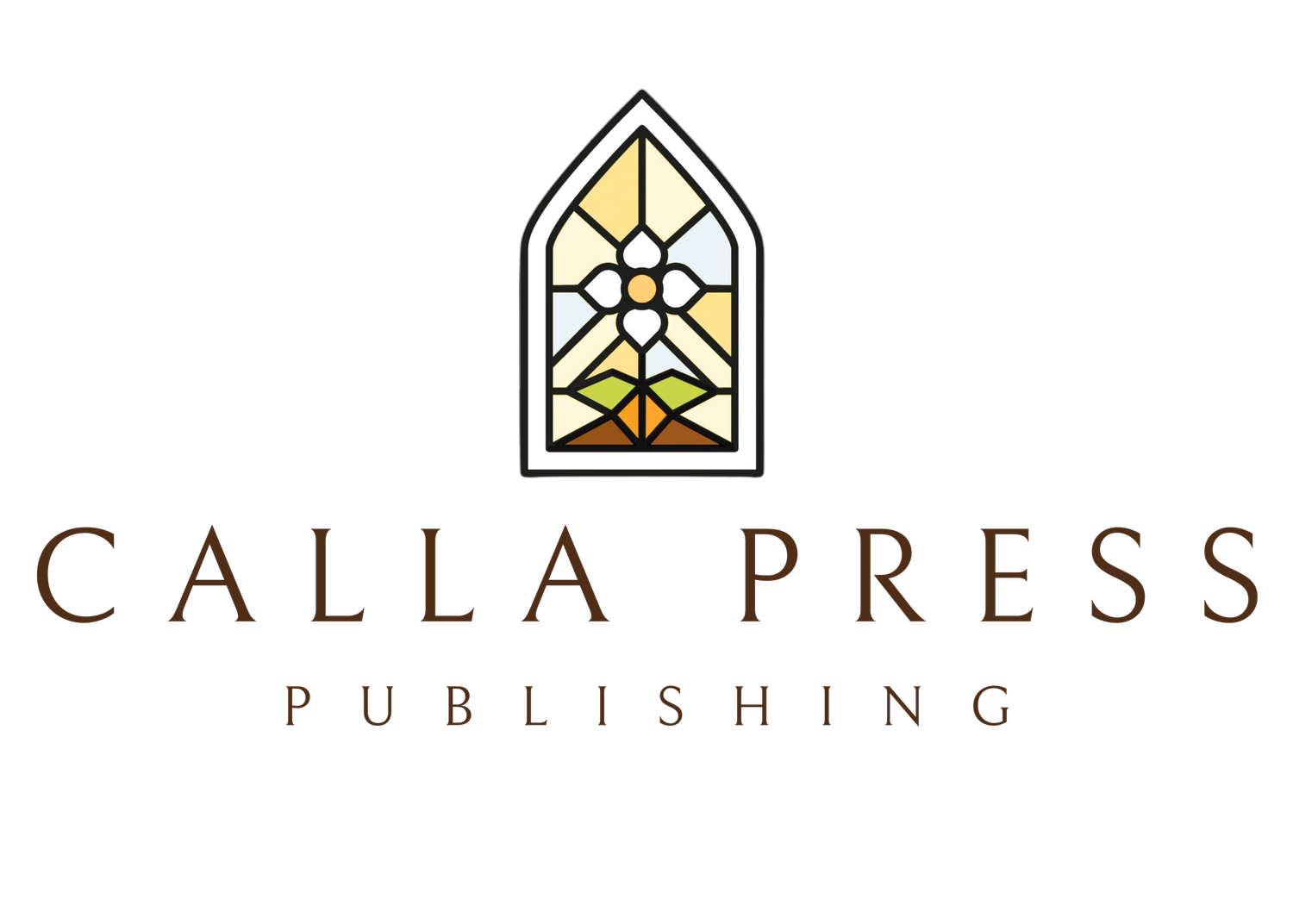Diamond by Olivia Whitehead
I don’t remember if I knew it would be the last time I walked out of that retirement home. It smelled like a mixture of fake wood and the sanitary aroma of a hospital. Her room smelled warmer, though; she always had a humidifier going, no matter the time of day, no matter whether she was sick or not. Above her perpetually made bed was a painting of two cardinals on a snowy branch. It wasn’t very good, and my mom and I would laugh about it silently, but one of my distant second cousins painted it for her, I think. She didn’t particularly like when those cousins came to visit, but I suppose that family is family. There was a thick, brown Bible on her small brown desk with a small speaker that read it aloud to her. Her eyes may have begun to fail her toward the end, but the Bible-reading plan she had been repeating for decades never did. On the dresser was the only picture I’ve ever seen of my great uncle, a portrait they had taken for their 25th wedding anniversary. She outlived him by some twenty or thirty years.
My great Aunt Mary always wore a pastel-colored cardigan, usually a soft pink one. Her body had failed her, but her mind was sharper than anyone’s I’ve ever met. Her hair was always done in a well-trimmed white poof on top of her head, just as upright as she was in her armchair when I would visit her. Until I was about twelve, Aunt Mary wore her wedding ring. It was a gold band with a large diamond inset, but her slight fingers didn’t quite fit the ring just right. That diamond was perpetually slipped around to the inside of her palm instead of facing outward like it was meant to. After those twelve years, I suppose the ring became just too big, and she stopped wearing it. I didn’t think much of it then; I don’t think I even noticed when she stopped wearing it. But Aunt Mary always had a plan, and I suppose it merely involved giving me a few years to grow up.
The best presents at Christmas were the envelopes in the tree from Aunt Mary. When Matthew went on a mission trip to Mexico and when Jonathan started piano lessons and when our school needed a new building, Aunt Mary was there. She was quiet about it, never wanting recognition or praise. Just continuously, quietly pristine and present and providing. At the end of each grading quarter, the most welcome piece of mail was the grade money from Aunt Mary. She desired excellence, and although she wouldn’t demand it, I wanted to produce it for her. I greatly respected Aunt Mary, and I hope she respected me, too. She was fixed and steady and unshakable, and I hope she saw something of herself in me in that way. I like to think she did.
The diamond is mine now. I’ve towered over Aunt Mary since I was about nine years old, so the ring wouldn’t have fit my finger. She knew this, and she had a vision of getting the diamond set into a delicate necklace for me so that it would rest just above my heart. It’s my most treasured reminder of Aunt Mary; she gave it to me when I was about fourteen or fifteen. It was the last present I opened that Christmas, and I remember that she had typed out a brief note on her old gray electric typewriter,
“You are very special to me, Olivia.”
I wish I still had that note. I wore the diamond around my neck every time I visited her in the retirement home. I wore it for concerts and recitals and at my high school graduation.
I wore her diamond above my heart on the day of her funeral. I sat in those same pews she had sat in for so many years, listening to memories and voices from deep, dusty corners of my family history. I kept feeling the necklace, letting it dance between my fingers for the entire service. I remember driving just behind the hearse, still keeping a finger or two on the necklace. I know that such a material object doesn’t hold as much weight as the memories associated with it, but Aunt Mary’s diamond hangs heavy around my neck with its gleaming parallels to the woman who gave it to me. It was raining at her burial. Someone handed me a pink rose from the arrangement on top of her casket. Aunt Mary loved pink roses; she loved the color pink. I kept that pink rose, dried out with crumbling petals, for some six months after her funeral.
Mary Louise Deubner was a diamond in her own way. She was deceptively strong despite her small frame, and she had a rare mind, and she held more value than any of us will ever probably realize. She won’t easily fade and will stay with me, close to my heart, even after her necklace moves from my cherishing hands to someone else’s. Maybe I will give it to my great niece someday and tell her the stories about the unshakable Mary Louise. Until the day she died she could have told you the exact make of her old car, or the exact amount of money she sent us for Christmas, or the precise carat number of her diamond. What she never would’ve told you is the exact measure of her generosity, or her quiet poise, or her sharp mind. Oh, of course she knew it, but she wouldn’t have told you outright: she would’ve shown you instead.


